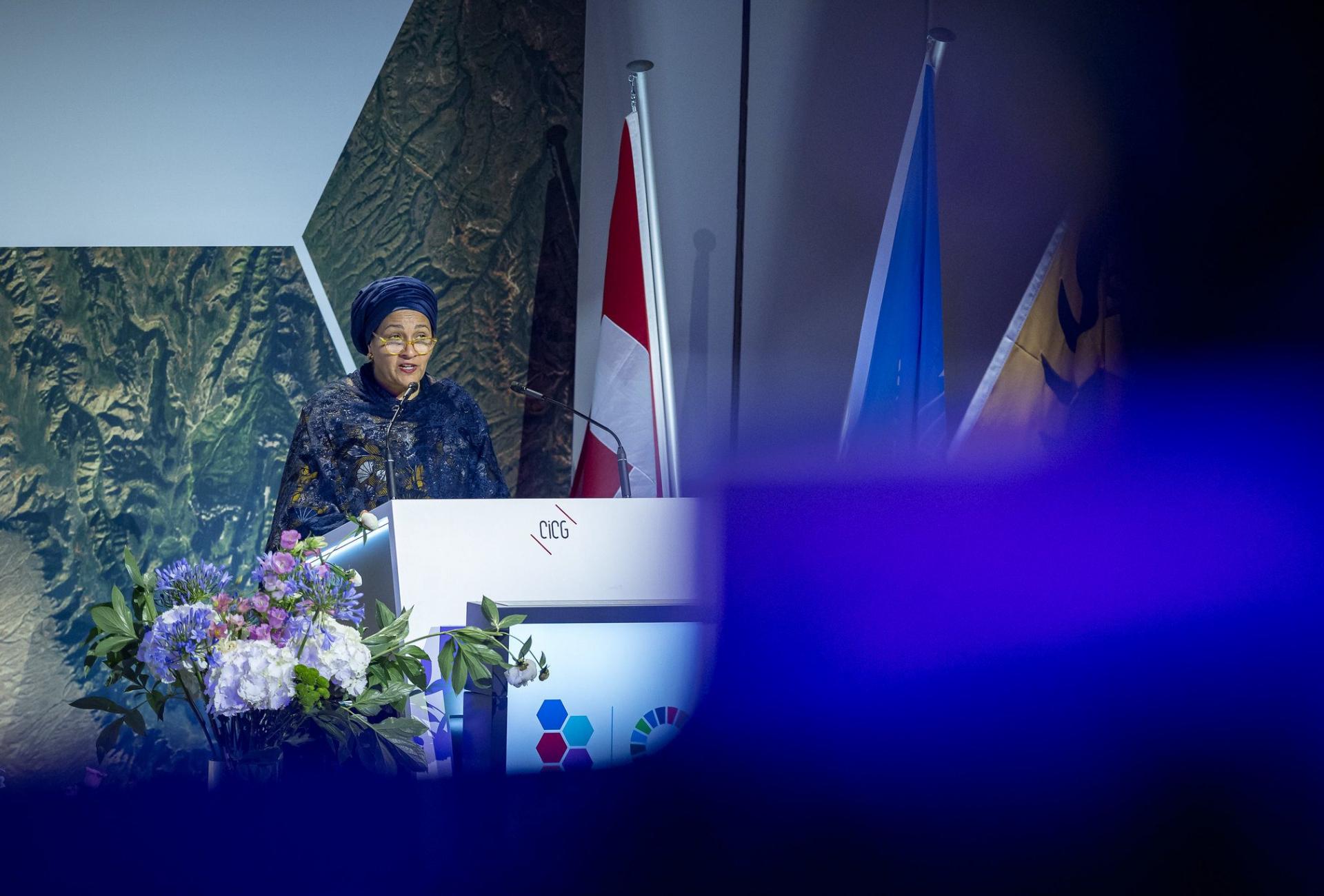What Is a Disaster?


How can we raise awareness of the role of religious actors in crises and disasters? Petter Jakobsson, advisor at SMC, participated in the UNDRR Global Platform in Geneva and shares some key takeaways from the conference — including a few of the buzzwords currently shaping the global conversation.
What becomes a mere inconvenience in a well-prepared society can lead to death in a society that hasn’t had the means to prepare. I think of the dry summers we’ve experienced in my part of Sweden in recent years. For us, it meant brown lawns, fire bans, and bark beetles in the forest. But for other societies, it would have meant crop failure and famine. Whether an event becomes a disaster often depends on human decisions and capacities — in other words, it’s not just about nature but about vulnerability and resilience.
Together with LM International, SMC brought a delegation to the UNDRR Global Platform in Geneva, the UN’s most important forum on disaster risk reduction. We participated alongside colleagues from Kenya, Uganda, Burkina Faso, and Nepal.
Several key concepts have stood out this week — words that are shaping the global approach to disaster resilience. One of these is the term “Early Warning Systems,” which in advance warns of threats like storms or volcanic eruptions. Access to these systems is a matter of justice. Poor and marginalised communities have the least access to life-saving information due to a lack of infrastructure, technology, and trust in public authorities.
“Nature-Based Solutions”, was another central concept, is building resilience in harmony with nature, not against it. These approaches often draw on traditional or ancestral knowledge — like the replanting of mangrove forests that serve as natural buffers against storms and erosion.
SMC is one of nearly 2,000 NGOs within GNDR — the Global Network of Civil Society Organisations for Disaster Reduction. A highlight of the Global Platform was GNDR receiving a prestigious international award for its contribution to disaster risk reduction.
One of SMC’s main goals at the Global Platform was to raise awareness about the role of religious actors and religion before, during, and after disasters. Many GNDR members are faith-based organisations (FBOs), but it’s been challenging to initiate discussions about what we call “religious literacy.”
In many parts of the world, religious leaders often hold the greatest trust at the grassroots level. Vulnerable communities often rely on faith structures for organisation and mobilisation. In such a context, the need for religious literacy — that is, an informed, professional understanding of religion’s role — cannot be overstated.
We are encouraged that SMC’s advocacy has helped spark a turning point at the Global Platform. Interest in the FBO Statement, developed jointly by SMC and LM International, was remarkably high. We received strong and positive responses from both GNDR and UNDRR. In various conversations, we heard examples of how religious actors have played critical roles in building community resilience or rebuilding societies after disasters. We also heard stories of religious actors contributing negatively.
In these discussions, we were able to highlight that religious literacy is a key professional skill for anyone working to improve local capacity to manage disasters. We believe that recognising this is essential for effective disaster risk reduction.
Advocacy with Faith in Development
We are knowledge based, working with religious literacy and freedom of religion or belief for all.

